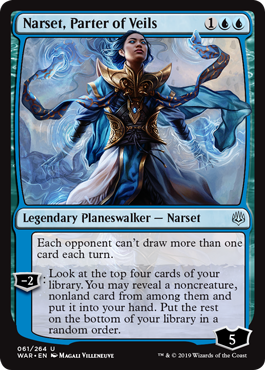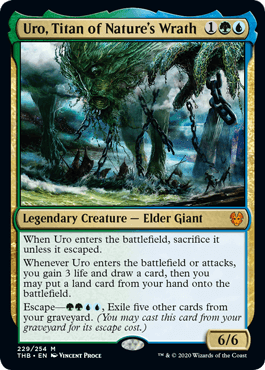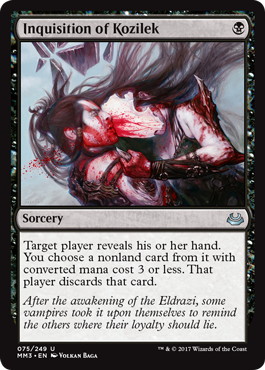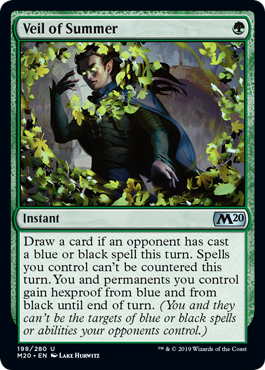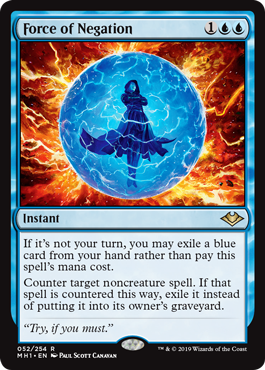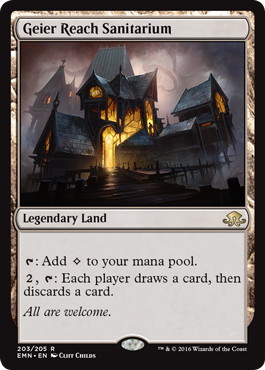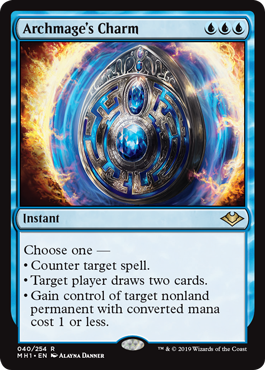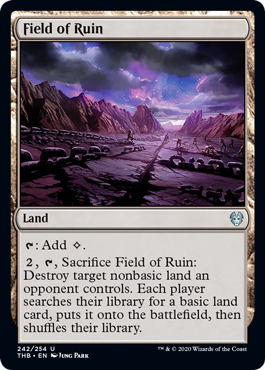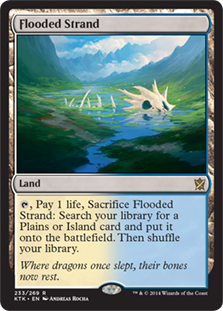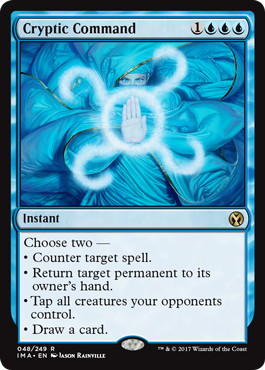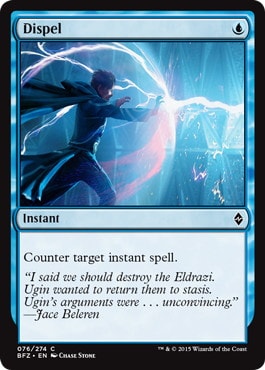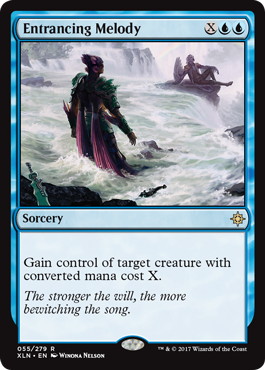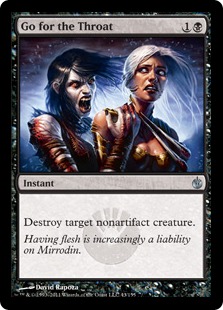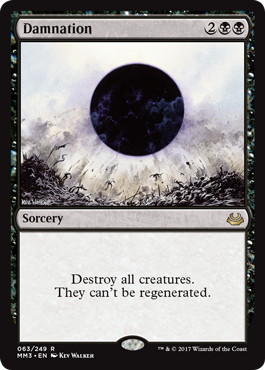Introduction
Modern is in an interesting place. Well, I guess you could say that everything is in an interesting place, given the unique circumstances of the past year, but let me focus on the effect the lockdown and moving all competitive Magic play online had on Modern specifically.
Since every competitive tournament has been moved online to MTG Arena, Modern has been swept under the rug, left to exist only on Magic Online. With no paper GPs in sight, the most competitive events that take place are the MOCS Showcase events and occasional PTQs; it’s safe to say that Modern is put under less scrutiny than it has been at many times during the format’s existence.
Most players agree that Four-Color Omnath Control is the best deck in the format currently, but at the same time, if you are interacting with Modern via playing leagues and occasional challenges, you won’t actually run into the deck as often as you’d expect solely based on how good it is.
I believe that one of the reasons behind that is the incredibly high price of this deck. In an age where many who still use Magic Online turn to rental services instead of owning a collection, with less competitive pressure than typical, a deck that’s the price of three other tier-one Modern decks is bound to take a hit in popularity.
Dimir Narset Control
Playing Modern is (still) my favorite way of engaging with the game recreationally nowadays, and as awkward the way the best deck is gated behind a ridiculous price is, it’s still a place where new decks can be built and explored. The last deck I have spent a little bit more time working on is Dimir Narset Control.
I picked up the original list from my good friend TSPJendrek, who builds Modern control decks almost daily. While many of his concoctions are hit or miss for me, this one struck really nicely and I was happy building and playing this deck for longer than I usually do on my streams.
Decklist
Here is the decklist of the Dimir Narset control I would be playing with currently:
- Piotr Glogowski
- – Dimir Narset Control
- (Modern)
1 《Swamp》
2 《Watery Grave》
1 《Sunken Hollow》
2 《Mystic Sanctuary》
4 《Polluted Delta》
2 《Flooded Strand》
1 《Misty Rainforest》
1 《Scalding Tarn》
2 《River of Tears》
2 《Sunken Ruins》
2 《Field of Ruin》
1 《Geier Reach Sanitarium》
-Land (24)- 2 《Snapcaster Mage》
-Creature (2)-
2 《Cling to Dust》
2 《Inquisition of Kozilek》
2 《Thoughtseize》
1 《Bloodchief’s Thirst》
2 《Eliminate》
2 《Mana Leak》
1 《Remand》
4 《Archmage’s Charm》
3 《Force of Negation》
3 《Cryptic Command》
1 《Sea Gate Restoration》
4 《Narset, Parter of Veils》
3 《Jace, the Mind Sculptor》
-Spell (34)-
2 《Dispel》
2 《Entrancing Melody》
1 《Field of Ruin》
1 《Kalitas, Traitor of Ghet》
1 《Bloodchief’s Thirst》
1 《Go for the Throat》
1 《Force of Negation》
1 《Damnation》
1 《Relic of Progenitus》
1 《Teferi’s Puzzle Box》
-Sideboard (15)-
While traditionally, Narset is more of a generally good card, rather than a build-around, but in this deck it earns its position as a namesake card. Narset was left without a home in Modern roughly since the printing of 《Uro, Titan of Nature’s Wrath》, because said gentleman replaced her as a go-to card advantage threat in Modern Control decks.
That said, there is one role in which Narset excels – she’s great at stopping Uro himself, and especially since 《Omnath, Locus of Creation》 became another go-to supplementary threat for four-color control, Narset is pretty potent at stopping their cards.
Against remaining decks, Narset can serve as a serviceable source of card advantage, even if she’s not necessarily the greatest against the more aggressive ones, especially those with 《Lightning Bolt》. If you can protect her from being attacked by creatures, she can’t be too bad though, as long as she finds you cheap cards.
How to Make the Most of Narset
With those caveats in mind, how we’d go around maximizing Narset?
Discard Spells
The decklist plays four discard spells. Discard not going along with counterspells all that well is true, and they certainly have their awkward moments, but the main role those serve is paving the way for early planeswalkers. Narset against Four-Color is at her best if she comes down as early as possible, and getting to Inquisition away a 《Force of Negation》 to force her through on turn three lets you play much more aggressively.
There is also the 《Veil of Summer》 problem, but this one I think is a little deceptive. As long as 《Veil of Summer》 is played in lower numbers, it’s actually easier for you to play around 《Veil of Summer》 with the cheaper interaction you play. If all of your spells are two or three mana counterspells, you are inevitably going to get Veiled successfully; with discard spells, you can, and unfortunately need to, pick your spots carefully and hit them when they are tapped out.
4 《Force of Negation》
You’d like to have cheap interaction cards. Discard and black removal obviously does that, but that’s also a reason for the fourth 《Force of Negation》 in the sideboard. Turn three Narset finding a Force frequently can put your opponent between a rock and a hard place.
《Jace, the Mind Sculptor》
《Jace, the Mind Sculptor》 serves as a great win condition to bridge into with Narset. If you manage to 《Impulse》 twice, you get to see a lot of cards, and the likelihood of finding a turn four Jace if that’s what you are looking for is very high.
Jace didn’t get to exist in decks with black interaction all that much in Modern, but such a powerful card drawing planeswalker works better with leaner, cheap black spells, rather than with sometimes cumbersome white cards like 《Path to Exile》.
Draw Lock Combo
Heavy focus on Narset lets you include some cards that combo with her. 《Geier Reach Sanitarium》, when activated in your opponent’s upkeep, will discard a card from their hand, essentially denying them any further draw steps once they have no cards in hand.
Sideboard 《Teferi’s Puzzle Box》 will let you similarly lock out your combo opponents from further draw steps. The Puzzlebox synergy might look hard to assemble, but remember that a Narset digs out through 8 extra cards, so it comes up fairly often.
Matchup Against Four-Color Control
That paints a picture of a deck that assumes a control role against creature decks but is actually looking to employ more Delver-like gameplay, essentially getting under the heavier Uro-centric control decks of the format. Now, does the deck succeed at that?
From the experience, I have gathered so far that approach to the matchup was very successful at poking a hole in the defenses of an unprepared opponent. Rushing out a Narset and protecting her limits the things that you need to worry about to non-creature spells that are containable by 《Force of Negation》. 《Field of the Dead》 is much less potent without all extra free cantripping and you can deal with it, but remember – your role is being the beatdown, so to speak.
Unfortunately, Four-Color Control bears its mantle of the best deck proudly, and there’s a ton of micro-adjustments they could employ to improve the matchup. From less 《Path to Exile》 and more 《Lightning Bolt》s, to just sideboard more 《Veil of Summer》 and 《Mystical Dispute》. That puts a natural cap on how good the matchup can get for you.
Mana Base Problem
There is another hurdle that I have tried to overcome when playing this deck – the mana base. For a deck trying to stick to just two colors, it’s not without its problems. Heavy blue requirements on your more expensive cards, 《Mystic Sanctuary》, the need for turn one black mana, and the 《Field of Ruin》 tax that 《Field of the Dead》 and Tron put on your mana base by just existing do pile up.
Uro control decks patch up some of their mana issues by playing bloated land counts, but we can’t do that here. This type of a deck would greatly enjoy a playable cantrip to fix the number of lands in your draws, as not hitting your fourth on time often leads to losing, but I’m not particularly thrilled about playing neither 《Opt》 nor 《Serum Visions》, so that leaves me in kind of a pickle.
Why no Uro?
That’s actually a good question. Sultai Uro Control decks are a valid deck choice in Modern, but building your deck to support Uro is divergent enough, that you can’t focus on Narset so much anymore.
If you were just to jam Uros into the decklist, you add creature cards to your deck, you need more lands, so you become quite a different deck. When I actually tried adding Uros without altering the core of the deck much, I needed to sideboard him out entirely, as focusing my gameplan was that much more efficient.
Sideboard Guide
If you want to relive the feeling of playing a somewhat small-ball one-for-one control deck, while also having some actual good matchups, I recommend the deck and I’ll leave you with the sideboard plans for the two most popular Modern archetypes:
Four-Color Control

Against Four-Color Control
Much of the strategy was described in the body of the article. I dislike 《Bloodchief’s Thirst》 here, as 《Eliminate》 can remove not only 《Wrenn and Six》, but also 《Teferi, Time Raveler》, and tapping out to kick 《Bloodchief’s Thirst》 is not really feasible.
Rakdos Death’s Shadow

Against Rakdos Death’s Shadow
《Aether Gust》 is only good here if they have 《Boil》 or 《Blood Moon》; you could also plausibly add a 《Kalitas, Traitor of Ghet》 or 《Relic of Progenitus》; cut the 《Remand》, or cut a 《Field of Ruin》 on the draw.
In fact, I prefer to face Rakdos Shadow as Dimir Narset rather than as Four-Color Control, as they have a harder time going under your pile of removal before you get to play your card advantage.
Until next time,




